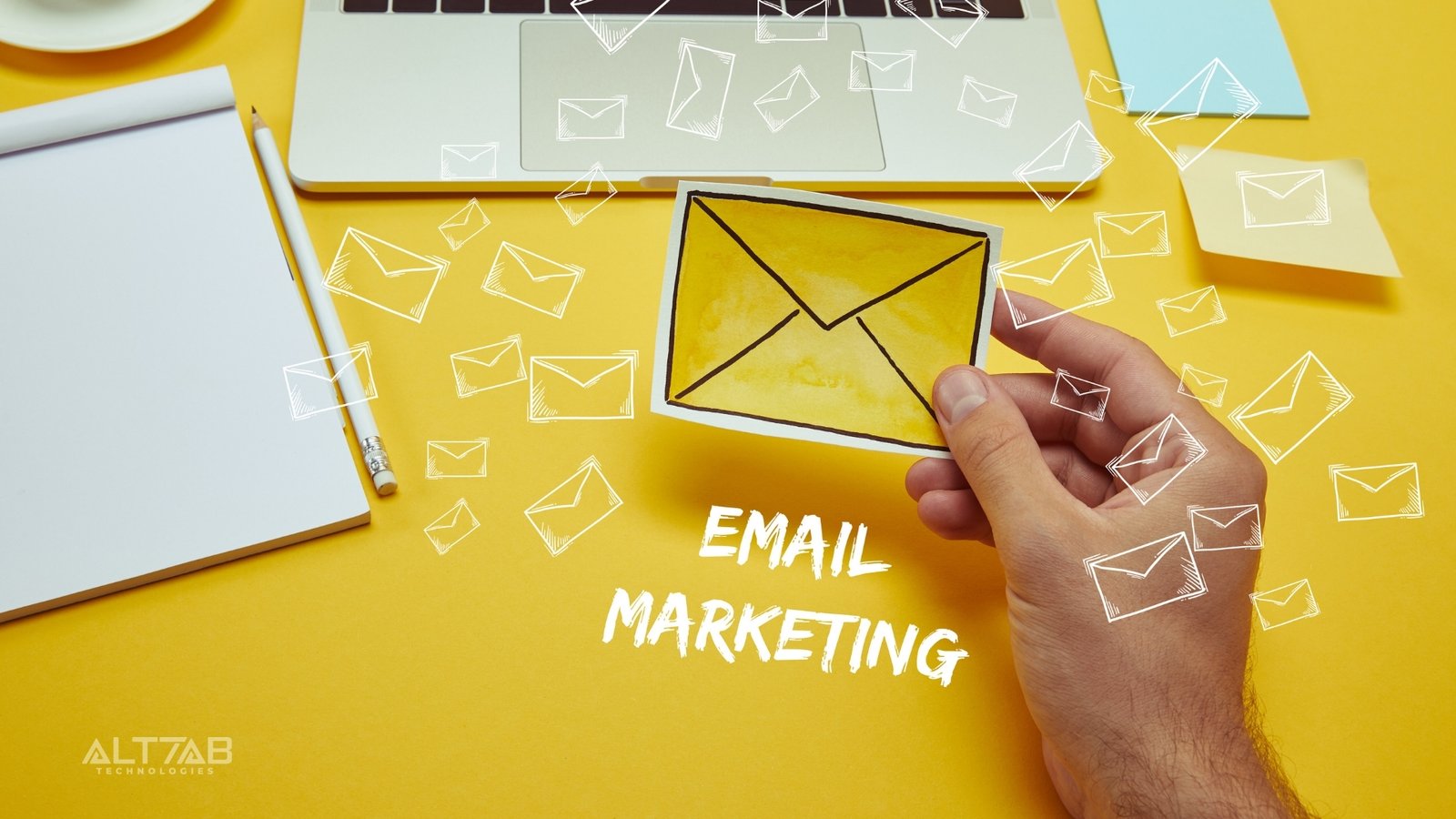In the dynamic and ever-evolving world of digital marketing, mastering email marketing strategies stands as a timeless beacon, uniquely connecting businesses with their audiences. But amidst a sea of competition, how do you ensure your emails not only get noticed but are eagerly awaited? What if you could unlock email marketing strategies that not only capture attention but also cultivate lasting loyalty?
The Magic of Subject Lines
Your email’s first impression is its subject line. Making it catchy is crucial. It’s the difference between being opened or ignored. Adding a personal touch, like the recipient’s name, boosts your chances. Testing different subject lines helps find what works best.
The power of a subject line in determining an email’s fate cannot be overstated. It acts as a gatekeeper, deciding whether your message is seen or skipped. Crafting a subject line that commands attention is a critical component of email marketing strategies. It requires a mix of creativity, psychology, and strategic thinking. Personalization plays a crucial role here; it’s about making each recipient feel singled out. Incorporating the recipient’s name is a start, but true personalization involves tailoring the message to reflect the recipient’s past interactions with your brand. A/B testing emerges as a critical tool in this endeavor, allowing marketers to pinpoint the most effective formulations by comparing different versions’ performance.
Optimizing Send Times for Effective Email Marketing Strategies
When you send emails matters. Mid-week emails often do well, but knowing your audience’s habits can find even better times. Regular emails build anticipation and trust. Tools like Google Analytics show when your audience is most active, helping you choose the best time to send.
Optimizing send times is a pivotal component of successful email marketing strategies. The moment your email lands in an inbox can significantly influence its open rates. Traditionally, mid-week dispatches—particularly on Tuesdays and Thursdays—have shown higher engagement rates. However, the key to truly optimizing send times lies in understanding the unique patterns of your audience. By leveraging analytics, you can dive deep into data, revealing not just the days but also the specific hours when your audience is most receptive to your messages.
Consistency in your email schedule does more than just improve open rates; it builds a reliable rhythm for your subscribers. This regularity fosters a sense of anticipation, making your emails a looked-forward-to event rather than just another drop in the digital ocean. It’s about creating a connection that goes beyond the transactional, reinforcing trust and loyalty to your brand.
Personalization: Beyond the Name in Email Marketing
Email marketing now goes beyond just saying someone’s name. Using data on what your audience likes or has bought before lets you send messages that really speak to them. This makes your emails more likely to get a response.
In the realm of email marketing, personalization has evolved far beyond the mere inclusion of a recipient’s name in the subject line or greeting. Today’s sophisticated email marketing strategies leverage advanced segmentation to craft messages that truly resonate with each unique audience segment. By analyzing and utilizing data such as demographics, online browsing behaviors, and previous purchase histories, marketers can tailor their content to meet the specific needs and interests of their audience. This level of personalization ensures that each message feels bespoke, significantly enhancing the recipient’s engagement with the content.
Moreover, the power of personalization extends to creating a more meaningful connection between brands and their customers. By demonstrating an understanding and anticipation of their audience’s needs, companies can foster a sense of trust and loyalty that transcends the transactional nature of email marketing. This deepened relationship not only increases the likelihood of immediate action, such as a purchase or sign-up, but also cultivates long-term brand advocates.
Designing Emails That Captivate
The design of your email is not just about aesthetics; it’s about creating an intuitive user experience that guides the reader through your message effortlessly. In the world of email marketing strategies, the visual hierarchy of your content can significantly influence how information is processed and acted upon by the recipient. By using eye-catching headers, subheadings, and bullet points, you can make key information stand out and easy to scan. This approach not only enhances the readability of your emails but also ensures that your most important messages are not missed.
Moreover, the choice of colors and fonts plays a crucial role in conveying your brand’s identity and tone. Consistency in these design elements across all your marketing materials strengthens brand recognition and fosters a sense of familiarity among your audience. However, it’s essential to strike a balance between creativity and readability; fonts should be web-safe and easy to read, while color schemes should enhance legibility rather than detract from it.
Segmentation: Crafting Targeted Messages with Email Marketing Strategies
Effective segmentation transforms a broad email list into a series of targeted groups, each receiving content tailored to their specific interests and needs. This strategy not only boosts open rates but also significantly enhances the overall impact of your campaigns. The ability to automate these personalized experiences at scale is a game-changer, allowing for sophisticated targeting that feels personal to each recipient, underscoring the effectiveness of email marketing strategies.
Leveraging Automation and Advanced Tools in Email Marketing Strategies
The landscape of email marketing tools offers a plethora of features designed to streamline and enhance your campaigns. Automation stands out by enabling timely and relevant communication with your audience, fostering a sense of personal connection. From nurturing leads with welcome sequences to re-engaging dormant subscribers, automation tools ensure that your marketing efforts are both efficient and effective, a testament to the power of email marketing strategies.
Conclusion
Email marketing is essential for connecting with your audience. By focusing on compelling subject lines, timely sending, personalization, effective design, and smart segmentation, you can improve your email marketing efforts. Success comes from testing, learning, and adapting. With the right strategies, your email campaigns can drive significant engagement and growth.




